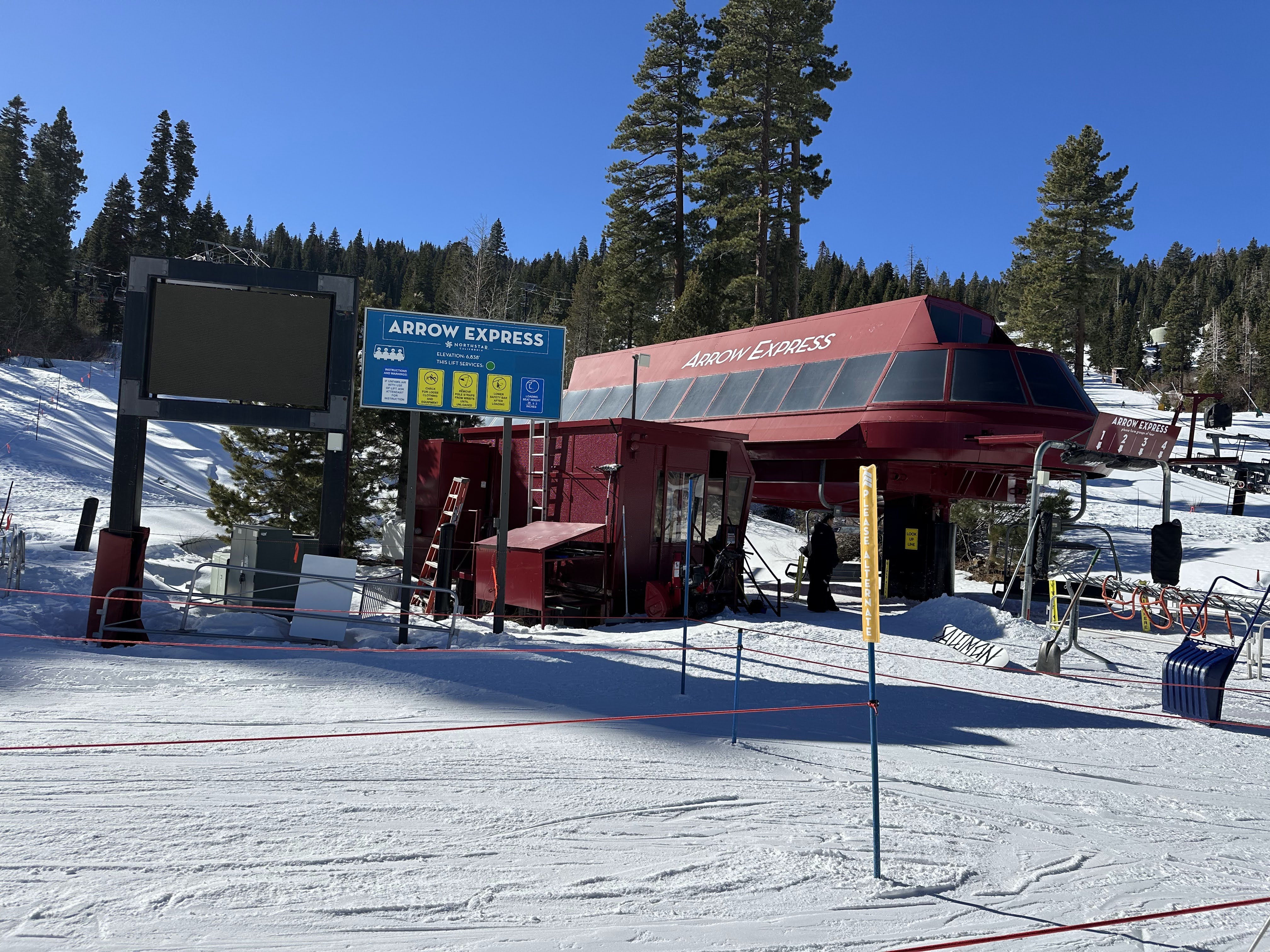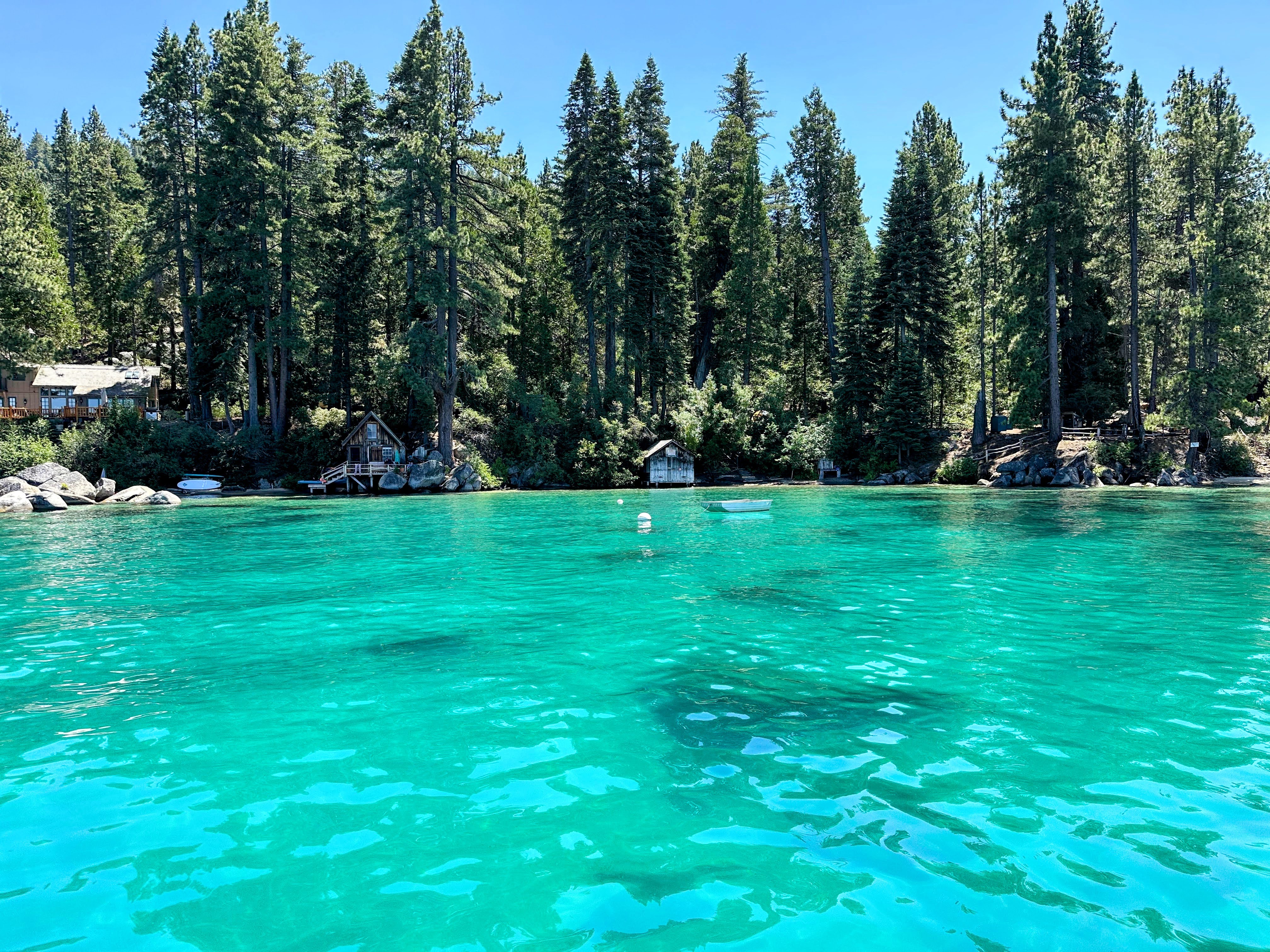Peter Pow
Apr 30, 2025

Exploring the Geologic Story of Northstar and Mt. Rose Ski Resort
When you’re carving down the slopes at Northstar California or Mt. Rose Ski Tahoe, you’re not just enjoying fresh powder—you’re also skiing on ancient volcanic terrain! These two iconic ski resorts are perched atop mountains shaped by volcanic activity millions of years ago. So, how did fiery eruptions transform into family-friendly ski slopes? Let’s take a fun dive into their geologic past and explore how it all came together.

Northstar California – Skiing on Mount Pluto, an Ancient Volcano
Northstar is nestled on the slopes of Mount Pluto, an extinct volcano that last erupted more than 2 million years ago. While this volcano is no longer active, its eruptions played a major role in shaping the surrounding region—and even helped form Lake Tahoe itself!
The Volcanic Origins of Northstar
Mount Pluto’s eruptions filled ancient valleys and reshaped the landscape, contributing to the creation of the Lake Tahoe Basin. The lava flows sealed off the basin's southern end, allowing water to collect over time and form the iconic lake we see today.
As time passed, these volcanic rocks weathered and eroded, giving Northstar its gentle slopes—perfect for skiers of all levels.
What to Expect at Northstar
Wide, tree-lined runs, ideal for beginners and intermediate skiers.
A charming village with dining, shopping, and cozy après-ski spots
Spectacular panoramic views of Lake Tahoe from the summit, offering a glimpse into the area's volcanic past.
Fun Fact: When you ski at Northstar, you’re gliding down an extinct volcano that helped shape one of the largest alpine lakes in the world!

Mt. Rose Ski Tahoe – The Volcanic Legacy of Slide Mountain
Located just a short drive from Reno, Mt. Rose Ski Tahoe sits on Slide Mountain, part of the Carson Range. While Slide Mountain is not an active volcano like Mount Pluto, it is made of volcanic rock formed by eruptions in the region. This volcanic legacy played a key role in shaping the landscape of the Lake Tahoe Basin.
No Eruptions, But Still Volcanic
Slide Mountain consists of rhyolite and andesite—two types of volcanic rock formed by ancient eruptions in the area. Although the mountain itself didn’t erupt like Mount Pluto, the volcanic forces that shaped its rock layers helped form the rugged terrain we enjoy today.
The mountain’s distinctive features are the result of tectonic uplift and volcanic rock deposition over millions of years, creating the steep and dramatic slopes that skiers love.
What to Expect at Mt. Rose
One of the highest base elevations in the Tahoe region, ensuring excellent snow conditions throughout the ski season.
Challenging terrain for advanced skiers, as well as family-friendly runs.
Convenient access from Reno—just 25 minutes from the airport, making it perfect for a day trip or weekend getaway.
Fun Fact: Slide Mountain’s name comes from a massive landslide in 1983, which exposed volcanic rock layers that had been buried for centuries!

Why It Matters: Skiing with a Side of Geology
Both Northstar and Mt. Rose are more than just great places to ski—they’re living reminders of the powerful natural forces that shaped the Lake Tahoe area. Mount Pluto’s eruptions contributed to the creation of the Tahoe Basin, while Slide Mountain’s volcanic rock layers tell the story of millions of years of geologic history.
So, next time you’re riding up the chairlift or speeding down the slopes, take a moment to appreciate the land beneath your skis. You’re not just skiing on snow—you’re skiing on a volcanic legacy that has shaped this stunning region over millions of years.
